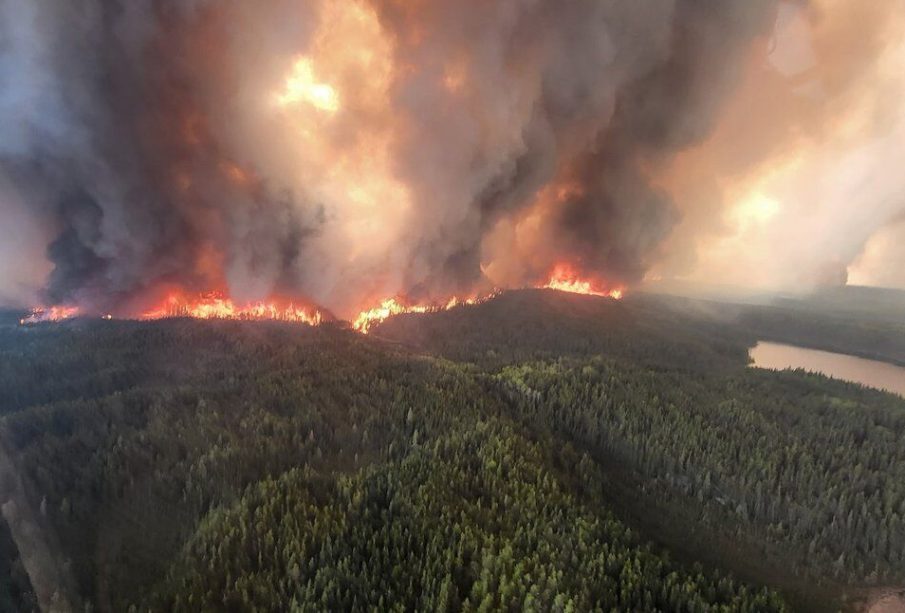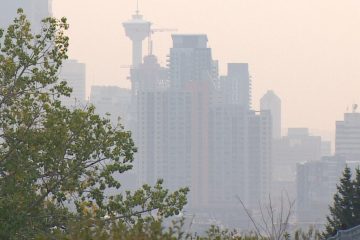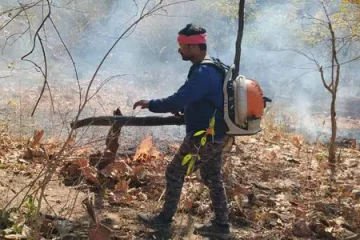Saskatchewan Wildfires: A Growing Concern in 2023

Introduction
Wildfires have become a significant issue in Saskatchewan this summer, raising alarms among residents and officials alike. The increase in wildfire activity not only threatens ecosystems but also poses serious health risks due to deteriorating air quality. Understanding the current wildfire situation in Saskatchewan is crucial for residents, emergency services, and policymakers as they respond to this increasingly prevalent threat.
Current Status of Wildfires
As of mid-August 2023, Saskatchewan has experienced an unprecedented number of wildfires, with reports indicating more than 300 active fires across the province. The Saskatchewan Public Safety Agency (SPSA) has indicated that the weather conditions, including higher-than-average temperatures and prolonged drought, have contributed significantly to the outbreak and spread of these fires.
The fires have prompted evacuation orders in multiple regions, particularly in northern Saskatchewan where the fires have become increasingly difficult to control due to rugged terrain and strong winds. Saskatchewan’s Ministry of Environment has emphasized the necessity for a coordinated response, involving local firefighters and support from neighboring provinces.
Health and Environmental Impact
The impact of the wildfires extends beyond the immediate threat of flames. Air quality in parts of Saskatchewan has reached unsafe levels, prompting warnings from health authorities. Residents in affected areas are advised to stay indoors and use air filtration systems to mitigate the risks of smoke inhalation, which can exacerbate respiratory conditions.
Furthermore, the environmental consequences are profound. Forests that suffer from wildfires take years to recover, affecting wildlife habitats and biodiversity. The Saskatchewan provincial government is working to implement restoration efforts while also preparing for future fire seasons, which are expected to be more frequent as climate change progresses.
Community Response and Preparedness
The state’s response to the wildfires has been met with a mix of commendation and criticism. Local governments have established emergency shelters and information lines to aid residents affected by evacuation orders. Community groups are also mobilizing to provide not just aid but also emotional support to those who have lost homes or are at risk of losing their properties.
Conclusion
The Saskatchewan wildfires of 2023 represent a growing challenge for the province, underscoring the need for increased preparedness and climate resilience strategies. As we advance into the latter half of the year, the potential for future fires remains high, raising important questions about resource allocation and community safety. Stakeholders are urged to remain vigilant and proactive in addressing the implications of these wildfires, not only for the immediate community but for the future of Saskatchewan’s natural environment.









